The Crit’Air system was introduced in 2017 and assigns a number to each vehicle based on how much they pollute from 0 (electric vehicles) to 5 (older diesel vehicles).
All vehicles that are being driven in the towns and cities where the scheme applies need a Crit’Air sticker – not just French registered ones.
It is already in place in 11 towns and cities and will be expanded to 43 by the end of 2025.
So do I need a sticker?
It depends on where you are going, but the short answer is that you probably will need one if you intend to drive in a town or city.
The cities where Crit’Air stickers are now obligatory are Paris, Grenoble, Lille, Bordeaux, Rennes, Strasbourg, Toulouse, and Marseille so you will definitely need one if you are going there.
However an increasing number of places are taking the opportunity to enforce circulation differenciée – which means they can impose restrictions in case of high pollution levels – most commonly in the summer.
The map below shows these areas, but the full list is;
- ZPA d’Angers
- ZPA d’Annecy
- ZPA d’Auch
- ZPA de Chambery
- ZPA de Clermont-Ferrand
- ZPA de Dijon
- ZPA de La Roche-sur-Yon
- ZPA de Montpellier
- ZPA de Niort
- ZPA d’Orléans
- ZPA de Pau
- ZPA de Poitiers
- ZPA de Valence
- ZPA de Chartres
- ZPA de Guéret
- ZPA de la Vallée de l’Arve
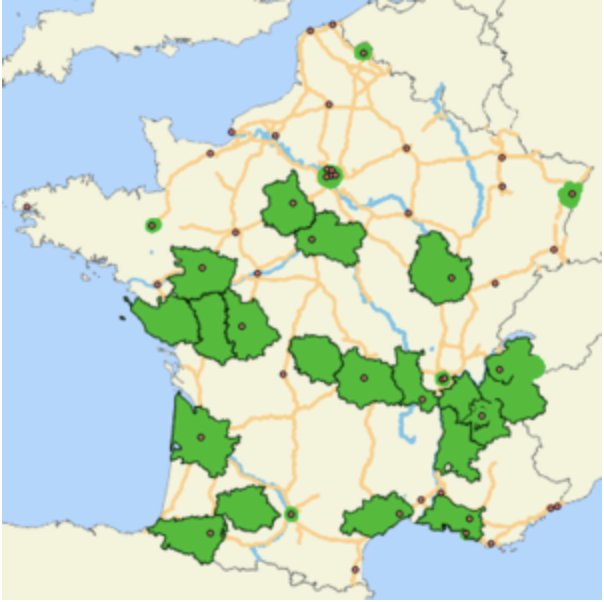
A full list of France’s environmental zones.
There are also plans to expand the zones to cover 43 areas by 2025 – that will essentially cover all cities and large or medium sized towns.
So what does the sticker actually mean?
The sticker shows how polluting your vehicle is, but what that actually mean for drivers varies from place to place.
Since January 1st, 2023, Crit’Air 5 vehicles (diesel vehicles produced before 2001) are banned from city centres that have the Crit’Air rules in place. This will be followed on January 1st, 2024 by Crit’Air 4 (diesel before 2006) and on January 1st 2025 by Crit’Air 3 (diesel before 2011 and petrol/gasoline before 2006).
In reaction to public concern about the scheme in some places, the French government has announced that towns whose air pollution levels do not regularly exceed safe levels will not be required to impose the vehicle bans – although local authorities may choose to do so. You will still need a Crit’Air sticker in these towns, however.
However, local authorities can also impose their own rules – some have already banned Crit’Air 4 vehicles from city centres, some allow them in only at weekends or in the evening, while some impose restrictions only if pollution levels spike.
If restrictions are in place you will see signs like this explaining which sticker numbers are banned;

You might also see it in this format;
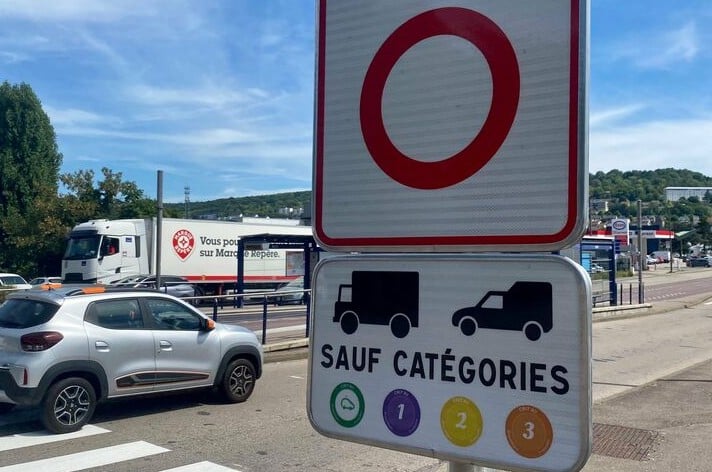
How do the stickers work?
You need to order the sticker in advance of your trip and display it in the windscreen whenever you are driving in a low-emissions zone. Unlike the London low emission zone, cameras are not reading your number plate and there is no option to register online – everything is done from the sticker.
The sticker has your registration number on it, so you cannot swap them between vehicles and if you get a new car you will have to get a new sticker.
The sticker corresponds with how polluting your vehicle is. Electric and hybrid cars get a special green sticker with a zero, petrol or diesel vehicles get a number from 1 to 5. The level is automatically assigned based on the age of your car and the registration details you give, which allows the system to assign you a number based on the manufacturer’s specifications.
How do I get one?
Surprisingly for a French bureaucratic task, the process is pretty simple.
Head to the government site here and fill out the form (available in English). You will need your vehicle registration documents to hand as you need your vehicle identification number as well as registration number and you also need to upload an image of your vehicle registration documents.
Once the form is completed the sticker will be sent to you in the post. It usually takes a week but at peak times it can be longer. The total price, including postage, is €3.70 if you’re in France or €4.51 if not.
Once you have the sticker you keep it for as long as you keep the car.
What are the penalties?
You can be fined both for driving in a low-emission zone without the sticker and for entering a zone where your vehicle is forbidden.
At present the fine is €68 and is rather patchily enforced since it depends on local police making traffic stops.
However there are plans to bring in a more technological enforcement with cameras (full details are still to be revealed) by 2024 and to make Crit’Air violations a class 4 traffic offence, which has a maximum penalty of a €750 fine.
Across Europe
If you were hoping that your Crit’Air sticker will be recognised in other EU countries then unfortunately we will have to disappoint you.
Europe currently has a complicated and confusing mixture of systems in which some countries recognise foreign vehicle classifications and others don’t.
Low emissions zones: What you need to know if you’re driving in Europe
And if you’re driving a French-registered car into London, be aware that you need to pre-register your vehicle on the Transport for London site, as the system seems to automatically issue fines to non-UK registered cars, even if they comply with emissions rules.

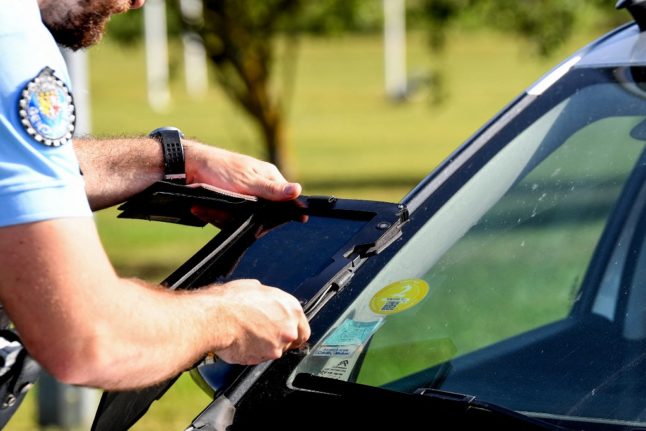
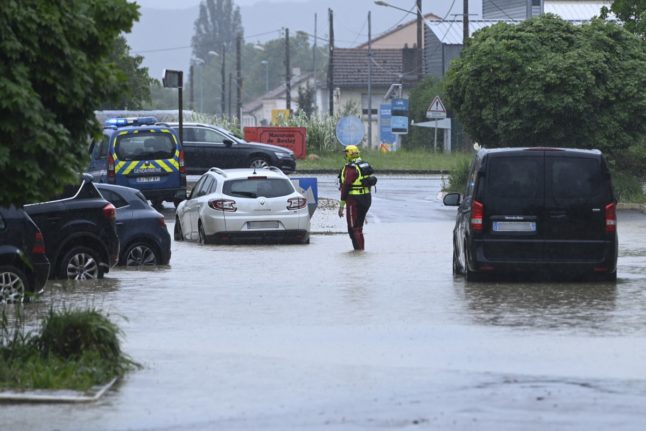
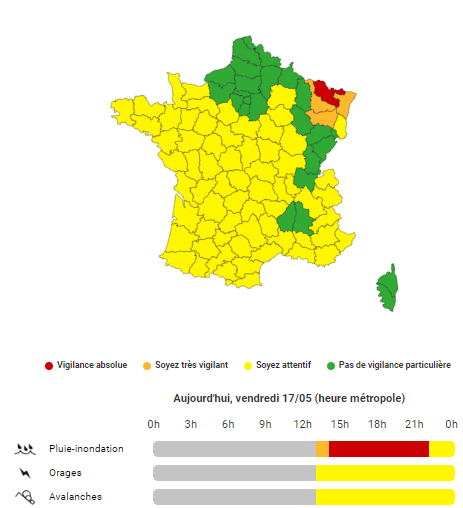


 Please whitelist us to continue reading.
Please whitelist us to continue reading.
Nice way to declare war on the poor.
3.62E is going to affect the poor? My dog could afford it! And just paid it!
It’s worth notiing that the French system works in the opposite way to the European system -typical! So if your car already has a Euro 5 (clean) sticker, you could be up a gum tree in France!
How is this going to work for hire cars particularly those hired from outside of France but driven in France?